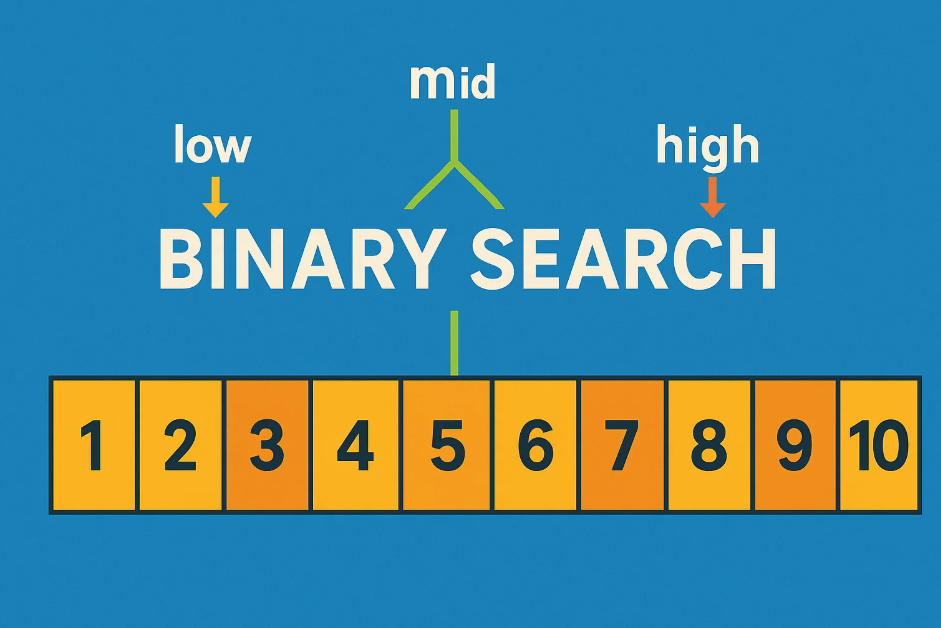<Data Structures/Algorithms> Detailed Explanation of Various Knapsack Problems (0/1 Knapsack, Complete Knapsack, Multiple Knapsack)
Dynamic Programming - Detailed Explanation of Various Knapsack Problems
I remember really enjoying solving knapsack problems when I was learning algorithms, because mastering them gave a sense of enlightenment, as if I had learned secret martial arts techniques. This article records different scenarios and solutions for various knapsack problems.
1. 0/1 Knapsack Problem
The 0/1 knapsack problem is as follows:
Suppose there are n items, each item i has a volume v
iand a value si, and there is a knapsack with capacity V. How to maximize the total value of items in the knapsack without exceeding its capacity?
The idea is to consider adding items from few to many. First, number the items, then use a 2D dp array to store subproblem solutions. $dp[i][j]$ represents the maximum value that can be obtained with the first i items and knapsack capacity j. The final answer is $dp[n][V]$.
$dp[i][j]$ may or may not include the i-th item. If not included, it’s $dp[i-1][j]$; if included, it’s $dp[i-1][j-v_i]+s_i$, which is the value of the i-th item plus the maximum value of the first i-1 items that fit in the remaining capacity after including item i. Hence the state transition equation is:
$dp[i][j]=max(dp[i-1][j], dp[i-1][j-v_i]+s_i)$
How to dynamically update this 2D array? Both ways work: either by increasing capacity one by one or by adding items one by one. Here we add items one by one.
1 |
|
2. Complete (Unbounded) Knapsack
The complete knapsack allows unlimited copies of each item. For $dp[i][j]$, it can be $dp[i][j-v_i]+s_i$, representing adding one more of the current item to the previous maximum for this item; or it can be $dp[i-1][j]$, representing not taking the current item and only taking the first i-1 items. So
$dp[i][j]=max(dp[i][j-v_i]+s_i,dp[i-1][j])$
The code doesn’t need to be rewritten; just modify the previous state transition equation.
Knapsack Optimization
0/1 Knapsack Optimization
Whoever came up with this was really clever.
Looking at the 2D array layer by layer, only the bottom row $dp[i-1][1,2,…,V]$ is actually needed to update the next row. So we can compress it to a 1D array, overwriting values like painting a wall repeatedly. We only need an array $dp[V]$, where in the i-th iteration, $dp[j]$ represents the maximum value for capacity j with the first i items. The state transition equation is:
$dp[j]=max(dp[j],dp[j-v_i]+s_i)$
Here, $dp[j]$ inside max represents the previous iteration (i-1), i.e., the maximum value for capacity j considering the first i-1 items. There is a problem: if we update from $dp[1]$ to $dp[V]$, the term $dp[j-v_i]+s_i$ might use a value already updated in the current iteration, effectively including the i-th item twice, which violates the 0/1 knapsack definition. So we need to update in reverse order to ensure previous values are from the previous iteration.
1 | int knapsack01Optimized(vector<int>& volume, vector<int>& value, int V){ |
This optimization does not change the time complexity, but reduces space complexity from $O(NV)$ to $O(V)$.
Complete Knapsack Optimization
0/1 knapsack must be updated in reverse, while multiple/complete knapsack needs forward updates to account for multiple copies of the current item. Looking at the state transition for complete knapsack:
$dp[i][j]=max(dp[i][j-v_i]+s_i,dp[i-1][j])$
The presence of $dp[i][j-v_i]$ indicates using the current layer’s previous values, so we need to update front to back.
Multiple Knapsack
中文原文
动态规划-各种背包问题详解
记得当时学算法的时候可喜欢写背包问题了,因为学会了有种豁然开朗的感觉,仿佛掌握了武功秘籍。这篇文章就来记录一下各种背包问题的场景和解法。
1. 01背包问题
01背包问题是这样的:
假如有一组n个物品,每个物品i都有一个体积v
i和一个价值si,现在有一个容量有限为V的背包,如何在不超过该背包容量的情况下装走总价值最大的物品?
这个问题的思想是通过从少到多地考虑装入的物品。首先将物品进行编号,然后使用一个二维的dp数组保存子问题的解。$dp[i][j]$表示考虑前i个物品,背包容量为j时所能装入的最大价值,那么问题的所求就是$dp[n][V]$
$dp[i][j]$可能包含第i个物品,也可能不包含。不包含时就是$dp[i-1][j]$,包含时就是$dp[i-1][j-v_i]+s_i$,也就是第i个物品的价值,加上去掉第i个物品占的空间后,装前i-1个物品最大能获得多少价值。因此有状态转移方程:
$dp[i][j]=max(dp[i-1][j], dp[i-1][j-v_i]+s_i)$
那么怎样动态地更新这个二维数组呢?答案是都行,即可以每次增加一个容量,也可以每次增加一个物品。这里按照每次增加一个物品来写。
1 |
|
2. 完全背包
完全背包就是每个物品有无限个。对于$dp[i][j]$,可以是$dp[i][j-v_i]+s_i$,表示少装一个当前物品的最大价值再加上当前物品的价值;也可以是$dp[i-1][j]$,表示不装当前物品,只装前i-1个物品时的最大价值。也就是
$dp[i][j]=max(dp[i][j-v_i]+s_i,dp[i-1][j])$
代码就懒得重新写了,就把上一个的状态转移方程改一下就行。
背包问题优化
01背包问题优化
你说这玩意谁研究的呢,太聪明了。
我们看这个一层一层的二维数组,事实上每次只有最下面那行$dp[i-1][1,2,…,V]$才有用,再更新下一行的时候只需要用到之前的最下面那行,因此就可以压缩成一维的,像刷墙一样一遍一遍地覆盖。此时我们只需要一个数组$dp[V]$,在第i次循环中,$dp[j]$就表示考虑前i个物品时,容量为j的背包最大价值。那么状态转移方程就是:
$dp[j]=max(dp[j],dp[j-v_i]+s_i)$
这里max里面的$dp[j]$就是上一轮(i-1轮)的,表示考虑前i-1个物品时容量为j的最大价值。那么这里就有一个问题。按照原来的顺序更新,应该从$dp[1]$更新到$dp[V]$,但是更新到后面,$dp[j-v_i]+s_i$又需要用前面的值,但是前面的值又已经被覆盖了,可能就已经包含了第i个物品,这里如果再拿一个,不符合01背包的定义了。因此这里我们需要倒序更新,这样保证前面的值还是上一轮的。
1 | int knapsack01Optimized(vector<int>& volume, vector<int>& value, int V){ |
这样的时间复杂度其实没变,空间复杂度从$O(NV)$降低为$O(V)$
完全背包问题优化
01背包问题要从后往前更新,而多重背包问题恰好相反,因为人家就是要考虑算了多个当前物品的情况。区别在哪呢,我们观察完全背包问题的状态转移方程
$dp[i][j]=max(dp[i][j-v_i]+s_i,dp[i-1][j])$
可以发现这里出现是$dp[i][j-v_i]$,也就是当前这一层的前面的值,这也就说明我们需要先更新前面再更新后面。
多重背包
<Data Structures/Algorithms> Detailed Explanation of Various Knapsack Problems (0/1 Knapsack, Complete Knapsack, Multiple Knapsack)
install_url to use ShareThis. Please set it in _config.yml.


